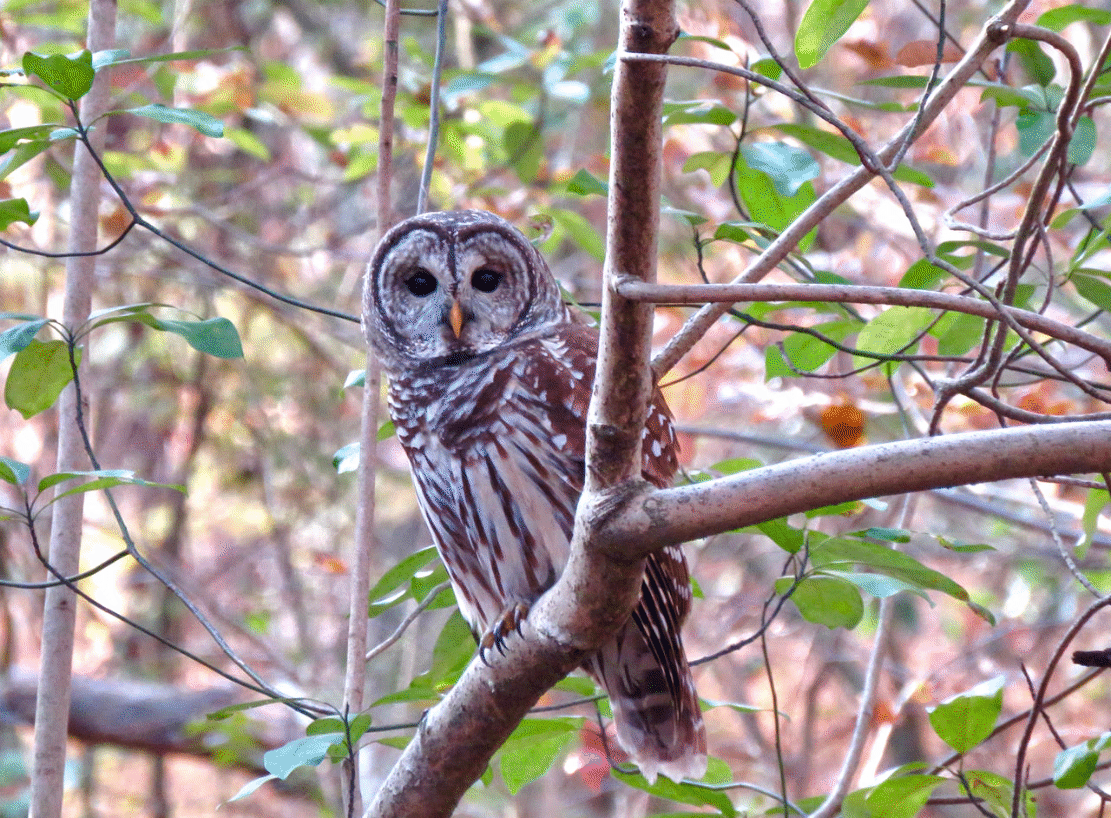
THE NEW YORK TIMES MAGAZINE recently assigned a woman who had never been camping in her life to travel around in a camper van and write about the experience. The trip was a disaster, and the story was a stream of consciousness Covid nightmare.
Why would they do such a thing, and actually publish the results?
Was it a snarky Manhattan slap to the face of Frances McDormand as Fern in the Academy Award winning movie Nomadland, to RV life advocate Bob Wells, and to more than a million Americans who have chosen the camping life as an affordable, peaceful alternative to being crammed into noisy, packed out cities or the suburban sprawl of the American megalopolis?
The editor refused to publish my comment suggesting they might have been better advised to assign the piece to someone with the experience to do the story justice. As a long-time news reporter who used to write for the Times, and now a full-time camper van dweller loving the life, I was a little more than offended. If they had ever driven into Yellowstone along Beartooth Pass on a pristine fall day and camped by a fire with a light snow falling on the bison, patiently chewing on the cold vegetation as the trout jumped in the nearby streams, maybe they wouldn’t feel so smug about their pro Big City point of view.
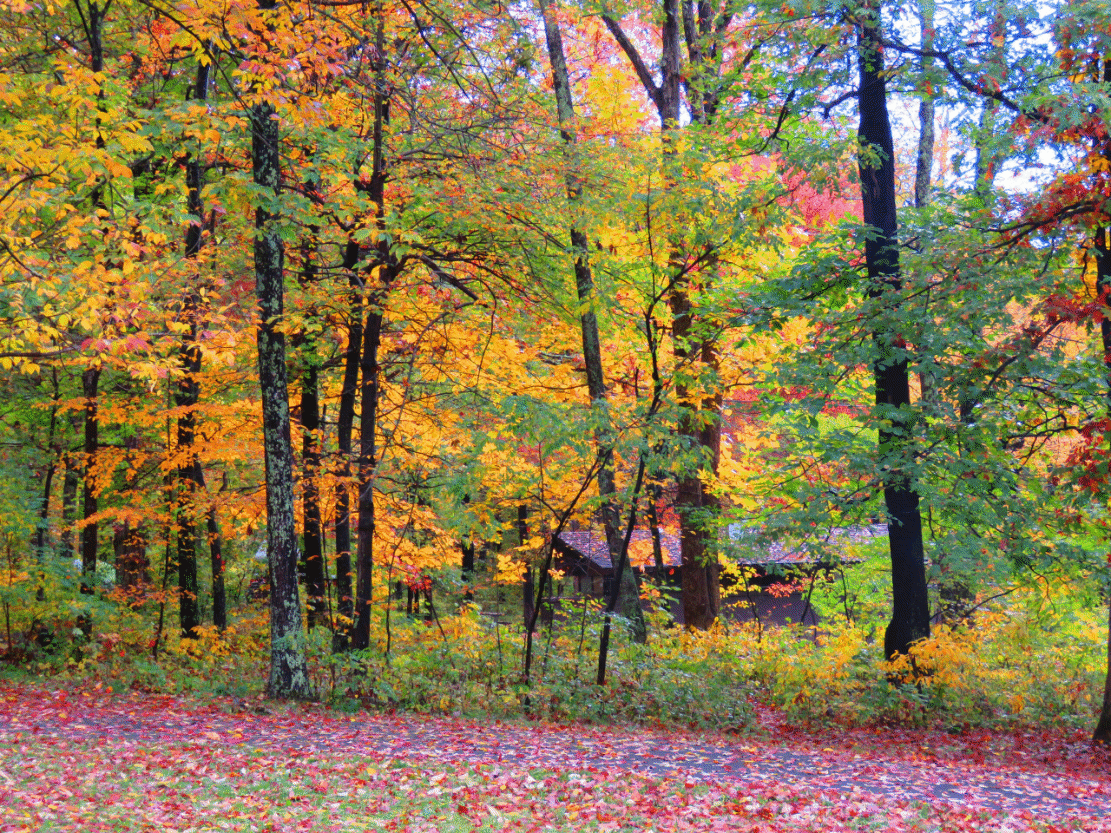
Boondocks by the Big Apple
For that matter, you don’t have to go that far west of Greenwich Village to find unbelievable peace sitting in a camp chair nursing your favorite beverage and taking in a breathtaking view. A few years back, about four years into my camping life sojourns, I found inspiration reading America’s first freelance writer, Washington Irving, and ended up in one of the best campgrounds I’ve ever seen—Croton Point Park on the Hudson northwest of New York City. It’s a large county park on the river with beautiful old trees, not far from where they captured Benedict Arnold during the Revolutionary War.
It’s right by the Croton Point Train Station, the last stop on the commuter line for locals to get into the city for work or play. For $28, you get a round trip ticket, $2.50 to get you started on a Subway card and a bus transfer, and for most of the ride, you have a view of the Hudson River. On that trip I took the Staton Island Ferry to photograph the Statue of Liberty at sunset, then had a beer in a paper sack on the way back looking at the bright city lights.
For all the advantages of camping in the American West, there are also jewels of experience in the East. It’s been my main mission to explore them over the past eight years, with the added goal of staying as close as possible to Washington, D.C., the center of the universe in terms of political action and power.
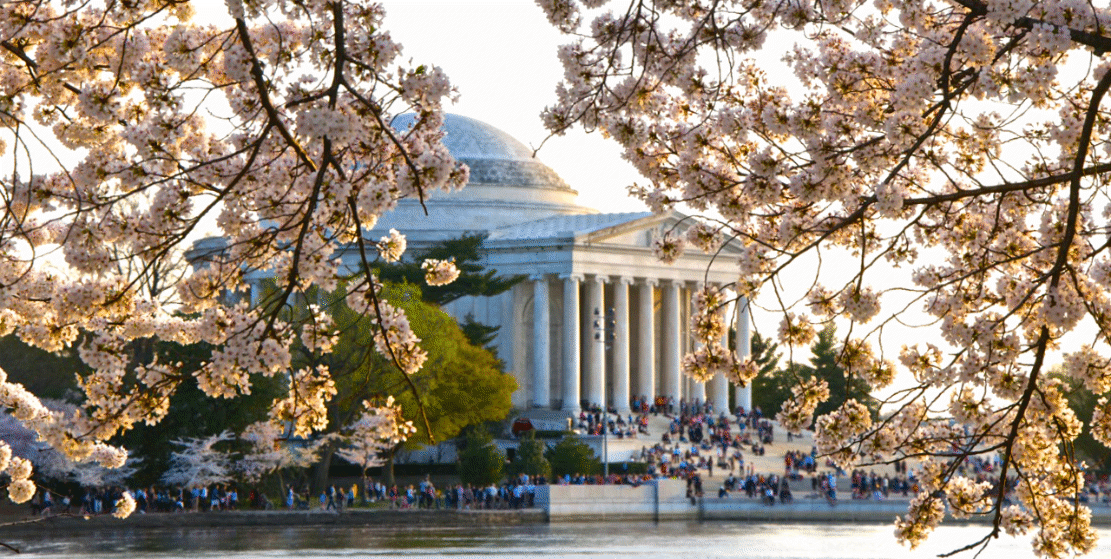
You see in addition to being an avid camper—with my choice of vehicle, home and office being a Roadtrek camper van modified as a media van—I keep up with the state of democracy inside the Beltway on a unique news website of my own invention, NewAmericanJournal.net. Don’t freakout. It has a travel section.
Boondocks by the Beltway
Now I’m going to let you in on a few secrets of camping in the D.C. region, things you might stumble upon yourself if you take the time. This will save you lots of trouble and hours of Googling.
If you want to visit and see some of the wonders in the nation’s Capital city, there’s really only one place you need to know about. Even the Europeans who ship their RVs across the Atlantic into Baltimore Harbor to see America come here first, to Greenbelt National Park, a large campground in the woods along the Baltimore-Washington Parkway just 10 miles north of the Washington Monument. The place is not that well known, and sometimes seems to fly under the radar like a low flying spy plane.
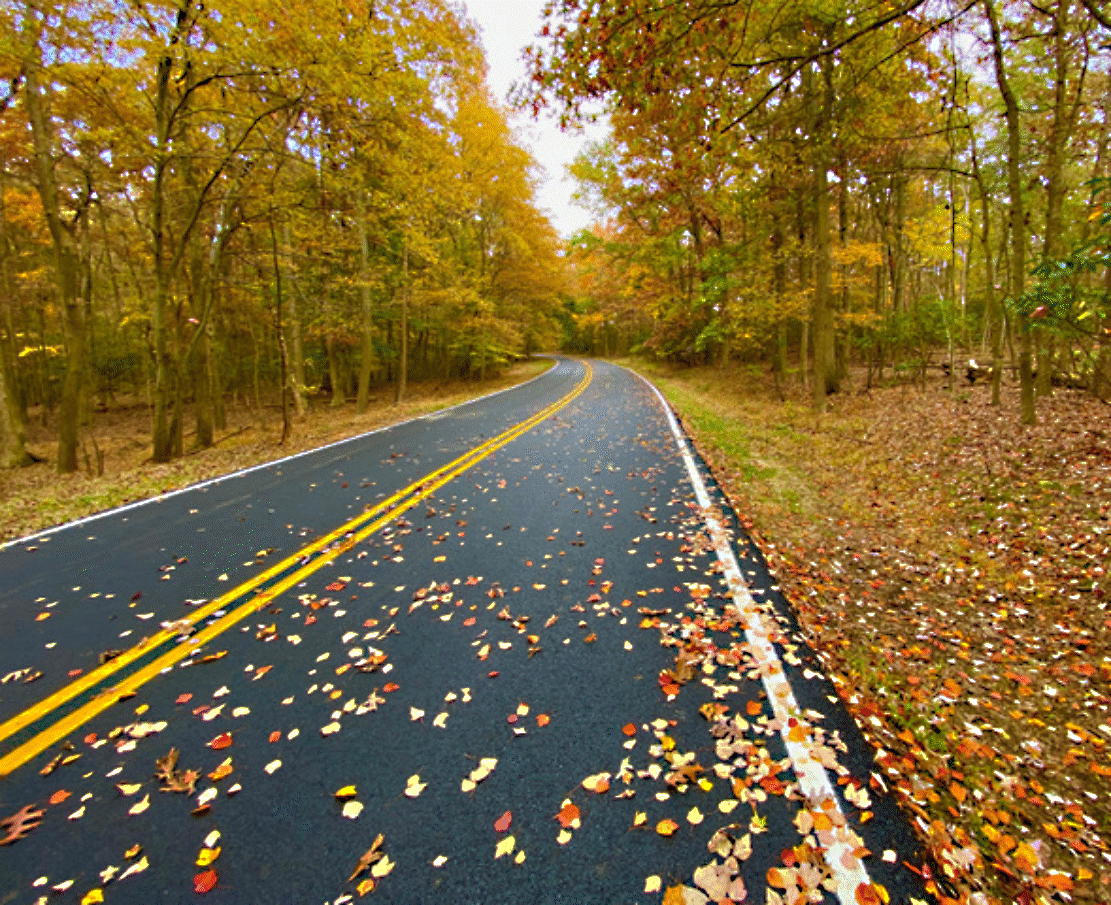
Greenbelt is even open year around when all the mountain campgrounds in Virginia, Maryland and points north are closed for the winter. From late spring through early fall, there are 172 campsites open and you can book yours on Recreation.gov for just $20 a night, $10 with the National Park Service “America the Beautiful” senior lifetime pass. All the famous national monuments, the Smithsonian museums and Greco-Roman neoclassical architecture are just a short Metro ride south.
Another tip. Yes, you can take an Uber. But parking is free downtown on Sundays, when the federal work force is off and the tourist numbers are down from Fridays and Saturdays, so you can drive yourself and be ordering fish and chips, pints of Guinness and shots of Irish whiskey at The Irish Times on the Senate side of the Capitol in a mere 20 minutes, parking right on the street by CNN, the NBC building and C-SPAN’s headquarters. Or you might like the Bloody Maries and Oysters Rockefeller at Old Ebbitt Grill over by the White House.
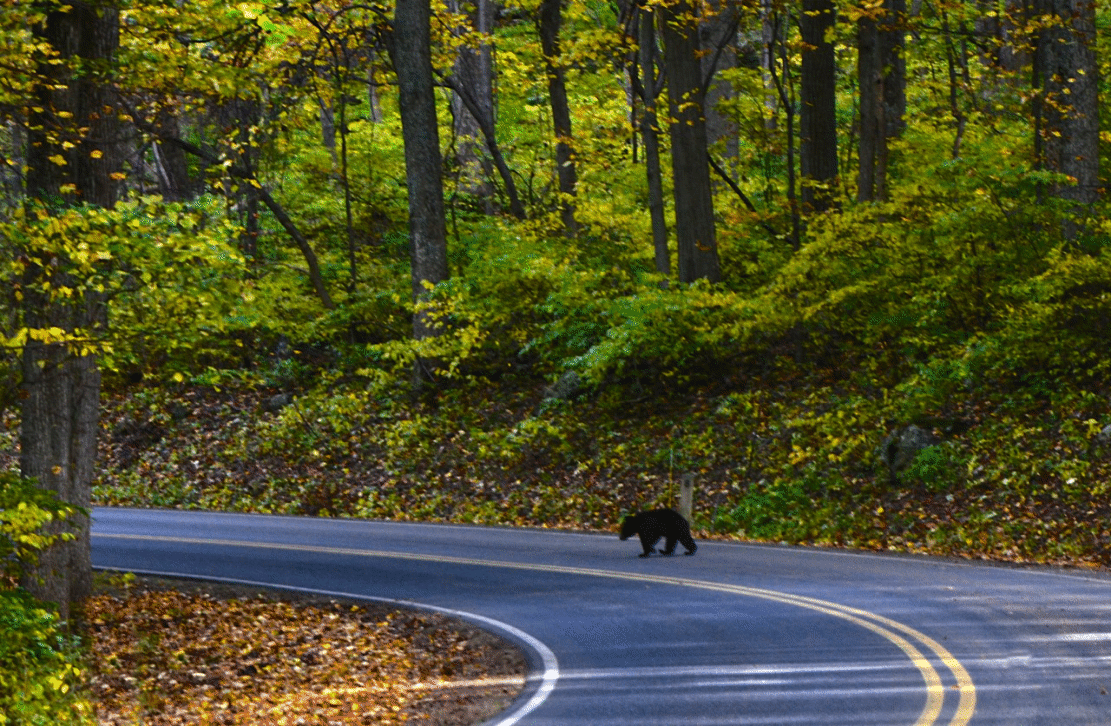
Beyond the Beltway
But like all national park campgrounds, you can only book 14 days in a calendar year, so unless you plan to be a volunteer campground host, like me, there are other places you need to know about to camp for long in the East. Of course you can’t miss Skyline Drive in Shenandoah National Park, and I highly recommend the Loft Mountain campground in addition to Big Meadows, although Mathews Arm campground is closer to D.C. in Front Royal, only and hour and a half from here if you hit the Beltway at the right time of the morning.
But for my money the best kept secret in the Eastern United States is Catoctin Mountain National Park and Cunningham Falls State Park on Catoctin Mountain north of Frederick, Maryland, and just south of Gettysburg, Pennsylvania. The place is the Mason-Dixon Line for global warming and climate change, where you can sit outside even in July and August most days, no mosquitoes buzzing around your head, and it’s cool at night and in the mornings even when the heat domes hover over the draught-stricken West and the cities of the Eastern Seaboard.
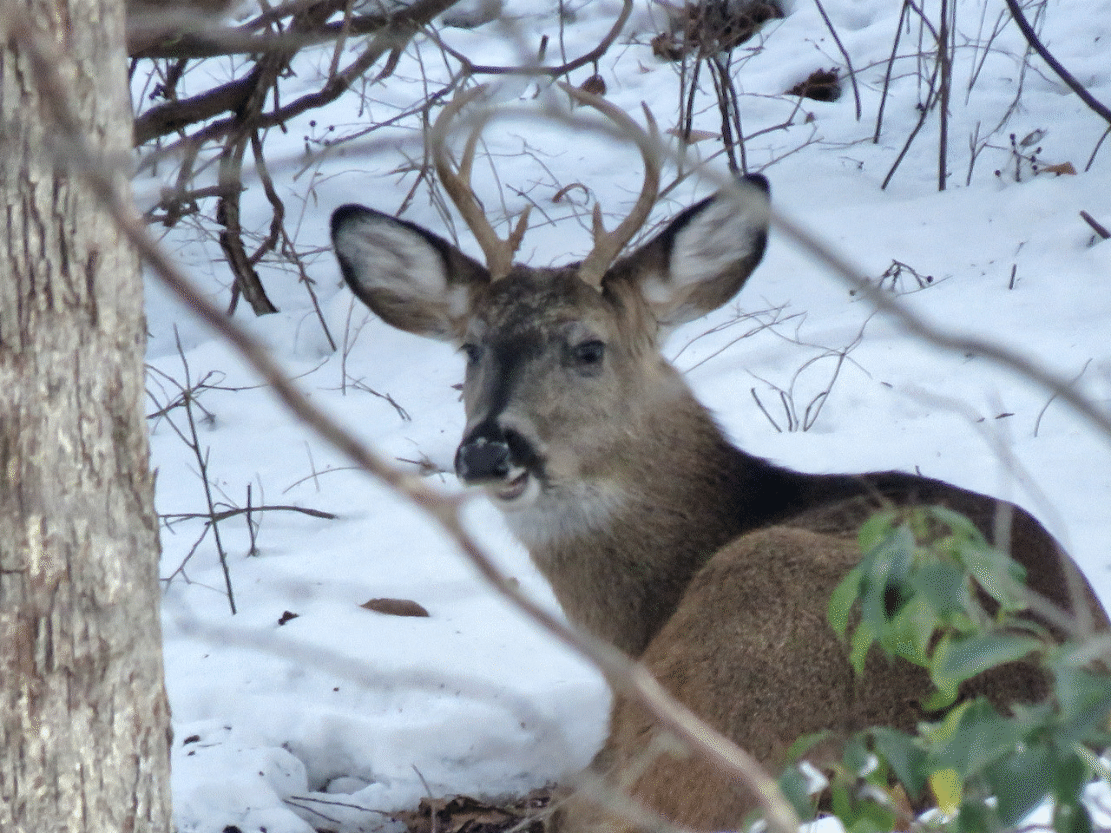
The place also has the advantage of being a natural rain shadow, where you can listen to the nine-pins of thunder during summer showers to the north and south, but remain cool yet dry as the clouds block the sun and the breeze blows by. That’s where I got the inspiration from Washington Irving’s “Rip Van Winkle” and found Croton Point near his home on the river near Sleepy Hollow, where he’s buried in the cemetery of Ichabod Crane and the Headless Horseman fame. From Catoctin Mountain, it’s only a four hour drive to New York.
Boondocking is harder in the East than the West, but if you want to avoid the Walmart parking lot, the George Washington National Forest in Virginia has a few spots, including a small free campground up a winding mountain road by an ATV trail, mainly used by hunters, called The Fort.
If you are looking for a cell phone connection and WiFi, however, you will be out of luck.
Here in Greenbelt, in addition to screaming fast WiFi, we pick up 91 free broadcast TV channels as well from D.C., Baltimore and Arlington, Virginia. This is living, not just getting by. I also recommend the Greenbelt Coop for shopping in the Roosevelt Center in town.
Living in Nomadland does not have to be a sad story like the movie. Our favorite toast by the fire around here is, “to winning” — winning the game of life that is. We will see what happens in November. I’m planning a trip west for next spring to spots in Arkansas, Colorado, New Mexico and California.
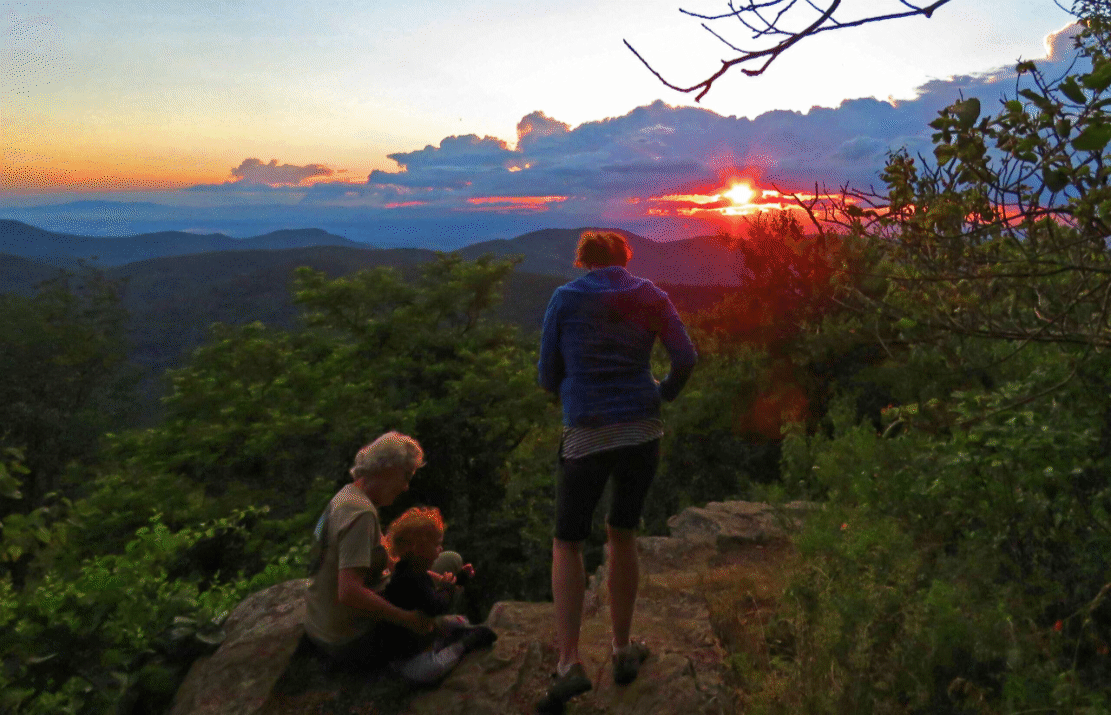
For more RV living, travel and camping stories, you might check out my new Facebook Group, Nomadland East.
For more pictures, check out this story about a ranger program I developed and recently delivered on Visiting Washington D.C.

Wow Al, your story and the Times story is an example of different strokes for different folks. No need to take offense, that writer was simply not of the nomad mindset. I found it odd you wrote “living in Nomadland doesn’t have to be a sad story like the movie.” I didn’t find the movie sad. So again, different strokes for different folks.
Glynn Wilson’s story.
Very important article. I am an east coast girl of 60 years. I will never be leaving the mid-Atlantic region, and New England. This is such an amazing article because my adopted homeland for fall, winter and spring is Northern Virginia. I stay relatively close to Super Q mart. Best selection of fresh fruit I’ve ever found, except maybe Reading Terminal Market in Philadelphia. Unfortunately, Center City, Philadelphia is not good for urban stealth, but Virginia is wonderful, as well as Upstate NY for the summer.
By the way, I dislike the book Nomandland. I listened to it on Audible. The narrator’s voice was dreadfully whiny and sounded like each word was a burden just to bring forth. The book made it sound like seasonal Amazon work was practically the only option and went into great detail about Amazon’s horrible treatment of workers, and nightmare concrete working conditions. She really didn’t describe camp host as a desirable job either.
Just to get through the book, I had to keep reminding myself she was talking specifically about RV life. The van/SUV/car life is far less expensive and more convenient. Especially for urban stealth.
Thanks so much for sharing your campsite locations.
I, too, read that NY Times article and I think she meant it to be funny, at least in hindsight. She wasn’t even an experienced driver, let alone camper.
I’ve seen similar articles. It’s just another writing assignment; they had no intention of adopting the lifestyle and hence knew nothing about how to prepare. Predictably, disaster ensued.
I do wonder how many other full timers like me keep having to reassure family and friends that our experience is nothing like those articles or Nomadland.
Fern’s husband died then her entire town’s zip code disappeared when a local mine closed down, so she fixed up an older van herself and had to go to work at an Amazon warehouse and find free campsites to get by. Then a couple of her friends she met on the road died. Everyone I talk to about the movie says it tells a sad story.
Myself and others were not forced out into the cold to live out of a van, although let’s face it, thousands of news reporters no longer have jobs due to economic and technological changes over the past couple of decades.
I chose to live a low carbon footprint lifestyle, to be outside much of the time in nature, and move around to see this beautiful country up close and personal.
An Update on Thoreau’s Necessities of Life
https://www.newamericanjournal.net/2017/07/an-update-on-thoreaus-necessities-of-life/
The Times still does some worthy journalism, but I find that The Washington Post has a better travel section with stories that show more respect for people making the choice to live the RV nomad life.
Yeah, Judy, I’m sure she did. But I didn’t find it funny. I wondered how she and her editor were still employed at all. Dumb assignment. Bad reporting and writing. So beneath the Times.
I also don’t like many of their movie reviews.
The short, snappy funny stuff in Newhouse newspapers is one thing (I loath). But to see the Times try to be long and funny on something like this struck me as a waste of my time to read, as well as a waste of newsroom resources, trees and bandwidth.
I forgot to mention the abundance of rainfall, fresh water and local produce in the mid-Atlantic region. I’ve written about that before when writing about where to go to escape the worst impacts of global warming and climate change.
Here is a true story of van life. First, I earned just enough money to purchase my own sporting equipment and maintain an apartment to stash it all. Every weekend I would go on an adventure, most of the times, somewhat extreme. So I got used to staying outdoors with not much more than a backpack. I worked 5 days a week and took to the hills or ocean on weekends. The tragedy for me in car camping, that’s what we called it, is the good times. No mountain to climb, no windsurfing, no SCUBA, no Skiing. Just car camping and laying back. Maybe a little fishing. Hanging around the campsite and eating real good food. So when You can turn a van into a self contained living space with everything, it’s not a tragedy. It’s the very best of times. Go anywhere, now retired, make it 7 days a week. I know this is another sob story. I don’t get to pull weeds, mow and water lawns, and pay for it all. Enough with coloring this lifestyle dark and dreary. It’s car camping without a tent, in most cases.
Unfortunately, a paywall prevents many of us from reading the NYT article, but it sounds more like “A Greenhorn Tries VanLiving”.
Interesting that they would not publish your comment.
There are beautiful areas in the northeast, but I much prefer the southeast for friendly and hospitable people and camping.
Unfortunately global warming is coming to the Southeast. And the people are not as nice as they used to be, thanks to the narcissism driven by the last occupant of the WH and the individual selfishness spawned by Facebook. I’ll take the Mid-Atlantic region in the summertime. All the famous national parks out west are too overcrowded in summer.
Not to mention, bears crossing your path.
Our earth is wonderfully designed, even though torn up in the flood. I find beauty walking in neighborhoods on both sides of the great Mississippi.
Travel for seeing America is fun and rewarding.
I watched Nomadland, and would have appreciated it more if real nomads had just picked up a camera and taped a day in the life of. I should have done it myself, traveling from SC to work-camp on Cape Cod.
Is there a reason you left Prince William Forest out of your list? Just 30 miles south of downtown DC and campsites are only slightly more expensive than Greenbelt.
Meg – That is an oversight, which I regret. But the fact is, I never found myself there, so have no photos and can’t really write about it. One has to choose one’s spots ?
It’s in Virginia, and I chose Maryland for good reasons. Maybe I’ll make it over there one day.
But I’ll be on Catoctin Mountain through the summer, then back in Greenbelt in time for the election.
Oh, and I just checked the place online. The elevation there is only 246 feet (75 meters) above sea level. No wonder I didn’t pick it. It’s also why I don’t write about the seashore camping in this region. This is a search for where to be in the summer to escape global warming and climate change.
I was forced to live in my minivan because I was laid off and couldn’t find a job for 10 months. I have a mobility disability, but not enough to receive social security disability. I found an area were others parked their extra vehicles in Fairfax, VA. I parked my cargo trailer there, spent most of my time at a local park, and returned to where the trailer was to sleep. Some nights were noisy because of teens racing cars or doing wheelies in an adjacent parking lot. I was very fortunate that my dog stayed quiet when the police came around. My minivan had all the windows covered and a curtain so only the front cab was visible. Winter was the hard part. I woke up to 32 degrees in the van one night. I couldn’t run the engine and be stealth. The cold nights were spent in noisy, all night grocery store parking lots where I could heat the van by running the engine. Walmart kicked me out after I spent several nights there. I spent 4 months in the east and decided to go west. I found a small private rv park in Arizona and eventually moved into a small travel trailer. I continued to camp in my minivan while visiting relatives in southern California. I tried stealth camping there without success. The county had laws against overnight parking.
I lived in Fairfax County when I was 10-16 years old. Lake Barcroft. My Scout troop camped at Burke Lake a few times back when it was isolated.
Please don’t take something as great as living as a nomad and make it political.
For some who are forced into Nomadland economically, they may see the economic conditions as political. I didn’t write this story about politics. But I do write about politics, government and democracy. That’s not only my right under the First Amendment, it’s my charge. To cover public affairs is the reason for the First Amendment. Not to avoid it simply to have fun or avoid controversy for money and profit.
I wonder if we’re getting closer to loosing our freedoms to live a nomadic life here in these United States of America. I think we shall surly find out very soon.
Sarah – I don’t think we are close to loosing our freedoms to travel, camp and be outside. I worry about other areas of our lives though. I won’t go into it here. That would be politics. But you can see what else I write about on my news website.
Nomads have not been treated kindly in other settled cultures. They have been denigrated, ostracized, targeted and often killed. In my own friend circles I have witnessed the intolerance towards those who move to where the work is. But Europeans have been notorious for intolerance of nomads. There is a good discussion of the nomad lifestyle here. https://www.bbc.com/culture/article/20210730-the-ancient-origins-of-the-new-nomads
Wow! Having lived for these past 8 years in the western part of the U.S., I enjoyed reading all of the ‘honorable mentions’ of this story, because I grew up in New York and have visited countless places from North Carolina to Connecticut, especially camping, hiking and driving those places mentioned. Fond memories!!!